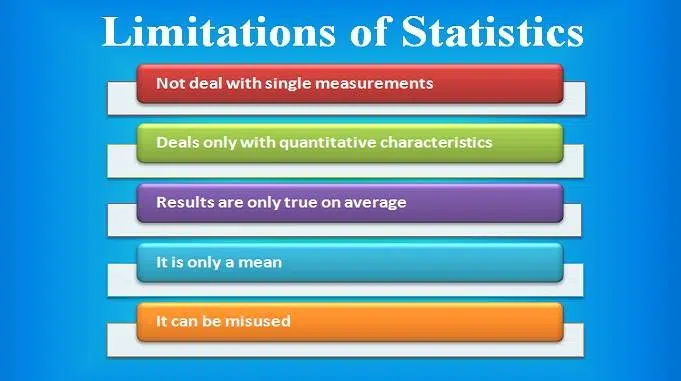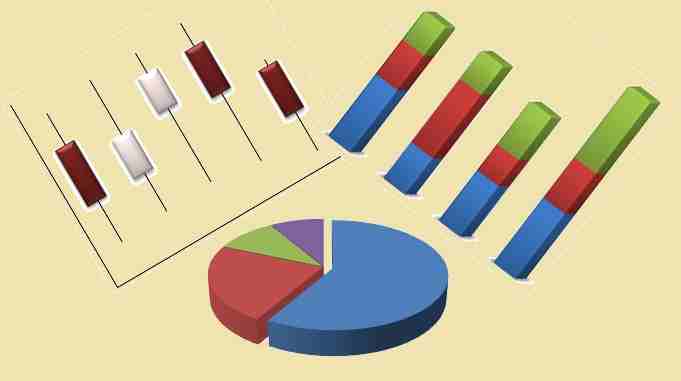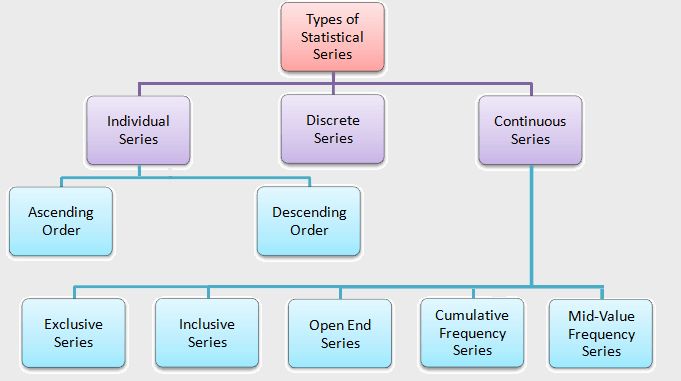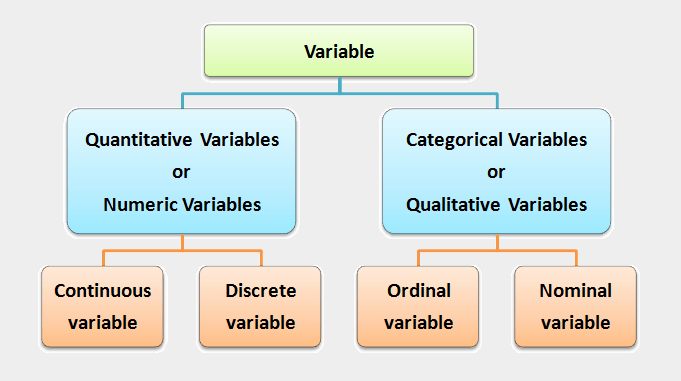
Limitations of Statistics –
The important limitations of statistics are as follows:
1. Statistics is not concerned with single measurements.
Quantitative data is not always statistical. Measurements taken individually are not statistical. According to Prof. Horace Sacrist, “By statistics, we mean aggregates of facts… and placed in relation to each other”. According to this definition, statistics exclusively deals with aggregates of facts or items and does not recognise any individual item. When data refers to measurement masses, it is statistical. When data refers to a single item or event as a separate thing, it is not statistical.
2. Statistics deals only with quantitative characteristics.
Statistics are numerical statements of facts. Statistical analysis is not possible for characteristics that cannot be expressed in numbers. Thus, qualitative characteristics like honesty, efficiency, intelligence, blindness cannot be studied directly. However, statistical analysis of such situations may be possible if they are expressed in numbers.
3. Statistical outcomes are only true on average.
The statistical results are not universally (generally) true; they are only true under certain circumstances (conditions). This is due to the fact that statistics is a less precise (exact) science than natural sciences.
4. Statistics is only a mean.
Statistical methods furnish only one method of studying a problem. In all situations, they might not be the best solution. Very often, it may be necessary to supplement the conclusions arrived at with the help of statistics with the other methods that may be used to study a problem.
5. Statistics can be misused.
The biggest limitation of statistics is that it can be manipulated or it can be misused. There are a number of reasons why statistics are misused. If statistical results are based on incomplete data, it is possible to get incorrect conclusions. For example, the argument that drinking beer is harmful for life because 99 percent of people who drink it die before they reach the age of 100 is statistically flawed, because we do not know what percentage of people who do not drink beer die before they reach that age.
Statistics, like clay, can be moulded in any way to arrive at correct or incorrect conclusions. In this context, W.I. King stated: “one of the shortcomings of statistics is that they do not bear on their face the label of their quality.” To draw meaningful conclusions from data, you need expertise and skill; otherwise, there’s a high possibility you’ll make a wrong interpretation. The possibility of mass popularity of such a useful science is limited by the fact that it may lead to false conclusions in the hands of untrained people. Furthermore, statistics cannot be fully utilised unless the subject to which they are applied is thoroughly understood. Hence, statistical methods can lead to false conclusions, if it is misused by incompetent, unskilled and inexperienced persons.
(Source – Various books from the college library)
Copyrighted Material © 2019 - 2024 Prinsli.com - All rights reserved
All content on this website is copyrighted. It is prohibited to copy, publish or distribute the content and images of this website through any website, book, newspaper, software, videos, YouTube Channel or any other medium without written permission. You are not authorized to alter, obscure or remove any proprietary information, copyright or logo from this Website in any way. If any of these rules are violated, it will be strongly protested and legal action will be taken.




Be the first to comment